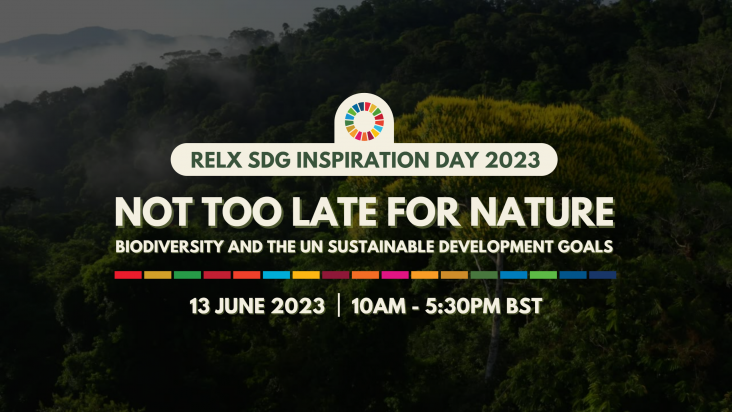
Recognising our customers' exceptional work to achieve the United Nations' Sustainable Development Goals
The community-based MLMC intervention described in this paper had significant impacts on individual intake of dietary fat and carbohydrates. These dietary behaviors are important key factors related to chronic disease risk and further implementation of MLMC interventions could go someway way to improve dietary intake among Native American populations post-colonization.
Elsevier,
Handbook of Food and Feed from Microalgae: Production, Application, Regulation, and Sustainability, 2023, pp 603-610
This chapter aligns with Goal 2: Zero Hunger and Goal 12: Responsible Consumption by exploring the energy and water consumption needs of microalgal production for food production to determine whether microalgae can be considered a sustainable food.
The authors of this paper developed and tested a culturally appropriate food picture-sort frequency tool that is feasible and acceptable to both Navajo children and adults. This tool and its indices have the potential to measure the change for school-based intervention studies among the Navajo Nation because of its cultural appropriateness, ease of administration and low burden, and the convergent validity and reliability of its indices.
This paper concludes that In the participating Dene population, vitamin D, fiber, and calcium intake were low, resulting in deficiencies for the majority of the participants and that Poor nutritional status might be because of several complex and intersecting challenges experienced by northern Indigenous communities, such as the historical context of colonialism, remote food insecurity, and social and environmental inequities. It is suggested that nutrition education, financial interventions, and store-food pricing policies should be put in place to facilitate access to market food, and culturally adequate initiatives, such as community harvest programs, should be put in place to facilitate better access to TFs/CFs.
This opinion highlights how tapping into natural biodiversity, while incorporating information about local environmental and climatic conditions, enables crop production in marginal soils.
The findings of this study suggest further review and consideration of a multipronged approach of integrated nutrition, menstrual hygiene management, and water, sanitation and hygiene interventions at the school level to improve adolescent nutrition and health.
Nutritional Profiles of Four Promising Wild Edible Plants Commonly Consumed by the Semai in Malaysia
Current Developments in Nutrition, Volume 7, April 2023
The research in this paper shows that all 4 WEPs (Wild Edible Plants) frequently consumed by the Semai have variable quantities of proximate composition and mineral composition .According to the study’s findings, these wild plants can be regarded as inexpensive and good sources of micronutrients necessary for health and well-being. They can also contribute substantially to dietary needs, especially in remote areas, because of their beneficial nutritional qualities.
This chapter advances UN SGD goal 2: Zero Hunger by providing insight into adapting agriculture to changing climate conditions.

Register today for the ninth RELX SDG Inspiration Day - a free, online event for thought leaders, corporate representatives, students, investors, government and NGOs to explore issues, gain practical insights and be inspired to take action in support of the UN Sustainable Development Goals.
